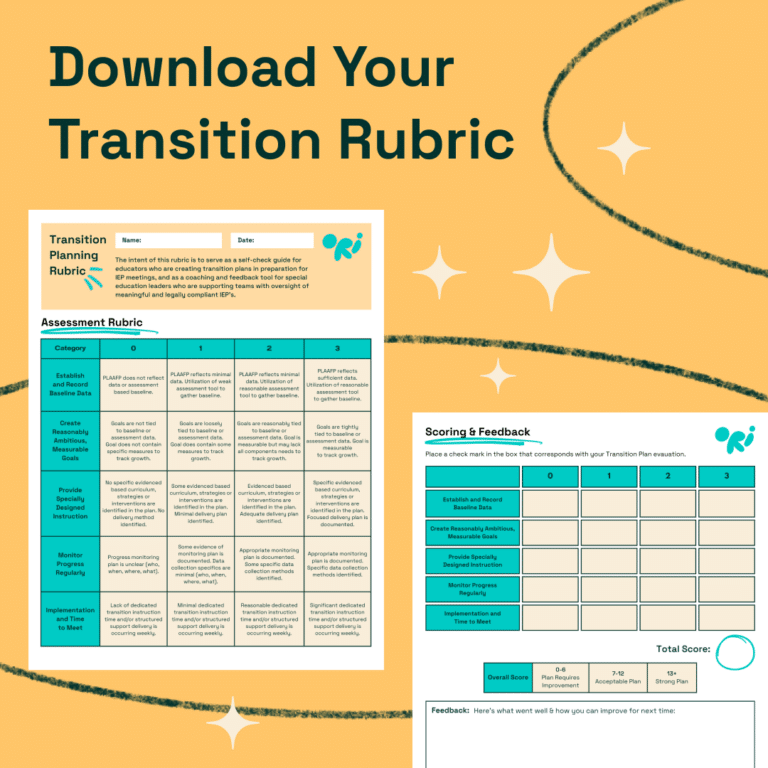


Written expression is a fundamental academic skill that involves the ability to convey ideas, thoughts, and information effectively through writing. This guide is designed to assist educators in crafting effective IEP goals for written expression, aiming to enhance students’ writing abilities, from forming coherent sentences to structuring essays.
Written expression encompasses several components: grammar, punctuation, organization, content, style, and mechanics. Challenges in this area can manifest as difficulties with spelling, grammar, coherence, organization of ideas, or handwriting. For students with special needs, enhancing written expression is crucial for academic success and effective communication.
Incorporating written expression goals into a student’s Individualized Education Program (IEP) is essential for improving their ability to communicate effectively in written form. These goals are designed to support the development of writing skills that are critical for educational achievement, personal expression, and future workplace success.
Effective written expression IEP goals should align with the student’s Present Levels of Academic Achievement and Functional Performance (PLAAFP) and comply with educational standards under the Individuals with Disabilities Education Act (IDEA). This ensures that the goals are personalized and focused on enhancing the student’s writing skills.
Our Transition Planning Rubric is designed to support district leaders and educators in guiding their teams towards excellence in transition planning.
It provides comprehensive criteria that cover the breadth of transition planning, from gauging student engagement to evaluating post-secondary goals and services.
Expand your team’s capabilities and improve the success of IEP meetings.

Disclaimer: These sample goals should be customized to meet the individual needs of each student.
By establishing specific and structured goals for written expression, educators equip students with essential tools for academic success and lifelong communication. These IEP goals not only aim to improve mechanics and structure but also foster creativity and personal expression through writing.
Explore Ori Learning’s resources for additional support and materials to enhance instruction in written expression. Our curriculum is designed to provide educators with effective strategies and tools to support the development of robust writing skills in students with special needs.
